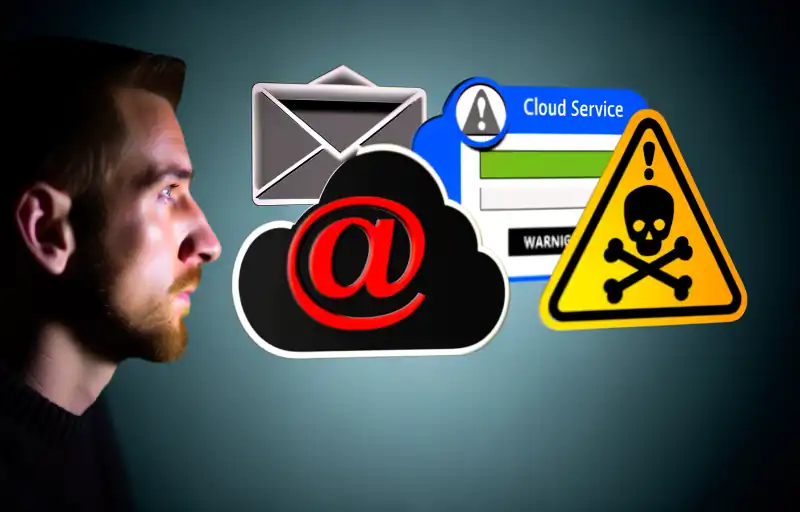
“New Phishing Blitz: AWS Users Targeted with Clever Image Tricks and Fake Login Pages to Hijack Credentials”
New Phishing Campaign Targets AWS Accounts: Understanding the Attack Chain and Protecting Your Credentials
In a sophisticated new phishing campaign, attackers are targeting Amazon Web Services (AWS) accounts with a cunning strategy designed to steal login credentials. The attack begins innocuously with an email that appears to be from a legitimate source, using the spoofed sender address [email protected]. However, this sender domain has been flagged by open-source threat intelligence as a known malware distributor.
The email itself contains only a PNG image, which, upon clicking, redirects the victim to a malicious Squarespace domain. This initial step is crucial as it sets the stage for the more deceptive elements of the phishing attack. The simplicity of the email, containing just an image, plays on the curiosity and unsuspecting nature of recipients, making it an effective tool for cybercriminals.
The real danger unfolds when the redirected user encounters a malicious PDF hosted on a file-sharing site. This PDF, masquerading as an “Invoice Summary,” is where the phishing attempt starts to take a more complex turn. Clicking on the link within the PDF does not lead directly to a malicious site; instead, it initiates a redirect chain that cleverly obscures the final destination. Initially, the link takes the user through a link shortener service, which serves to mask the true URL and makes tracking by security tools more difficult.
Following this, the victim is taken to an attacker-controlled domain that is disguised convincingly as an AWS console page. This step is particularly insidious as it preys on the trust and familiarity users have with AWS interfaces. The design and layout mimic the real AWS login page closely, making it challenging for users to detect anything amiss.
The final step in this phishing attack is perhaps the most perilous. The user lands on a fake login page where they are prompted to enter their credentials. Unbeknownst to them, any information entered here is sent directly to the attackers. This type of credential theft can have devastating consequences, allowing attackers not only access to sensitive data stored in AWS but also potentially gaining leverage for further attacks or ransom demands.
It’s worth noting that while Google Chrome identifies and flags this phishing attempt as dangerous, users of other browsers might not receive such warnings. Additionally, even Chrome’s warnings can be ignored by users who are either in a hurry or misjudge the risk.
This ongoing campaign highlights the ever-evolving tactics of cybercriminals and underscores the importance of vigilance in digital communications. Users should be wary of emails that only contain an image or direct them to download files from unfamiliar websites. Verifying sender addresses and looking out for subtle discrepancies in website interfaces can help in identifying phishing attempts.
Moreover, organizations should educate their employees about such threats as part of regular security training. Implementing advanced email filtering solutions and regularly updating browser software can also mitigate the risk of falling victim to these sophisticated phishing schemes.
In conclusion, as cybercriminals continue to refine their methods and target valuable digital assets like AWS accounts, awareness and proactive defense are key to protecting sensitive information and maintaining trust in digital ecosystems.














